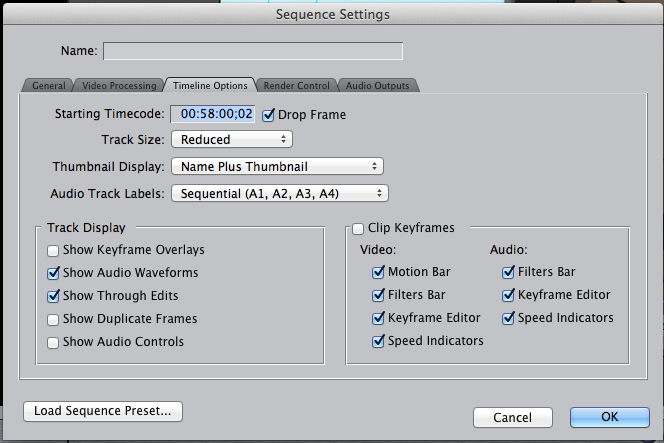

A decision whether to remove them altogether has been deferred until 2023. This CCIR Recommendation 460 "stated that (a) carrier frequencies and time intervals should be maintained constant and should correspond to the definition of the SI second (b) step adjustments, when necessary, should be exactly 1 s to maintain approximate agreement with Universal Time (UT) and (c) standard signals should contain information on the difference between UTC and UT." Ī number of proposals have been made to replace UTC with a new system that would eliminate leap seconds. This change also adopted leap seconds to simplify future adjustments. The system has been adjusted several times, including a brief period during which the time-coordination radio signals broadcast both UTC and "Stepped Atomic Time (SAT)" before a new UTC was adopted in 1970 and implemented in 1972. UTC was first officially adopted as CCIR Recommendation 374, Standard-Frequency and Time-Signal Emissions, in 1963, but the official abbreviation of UTC and the official English name of Coordinated Universal Time (along with the French equivalent) were not adopted until 1967. The coordination of time and frequency transmissions around the world began on 1 January 1960. It is effectively a successor to Greenwich Mean Time (GMT). It is within about 1 second of mean solar time (such as UT1) at 0° longitude (at the IERS Reference Meridian as the currently used prime meridian) and is not adjusted for daylight saving time. Coordinated Universal Time or UTC is the primary time standard by which the world regulates clocks and time.


 0 kommentar(er)
0 kommentar(er)
